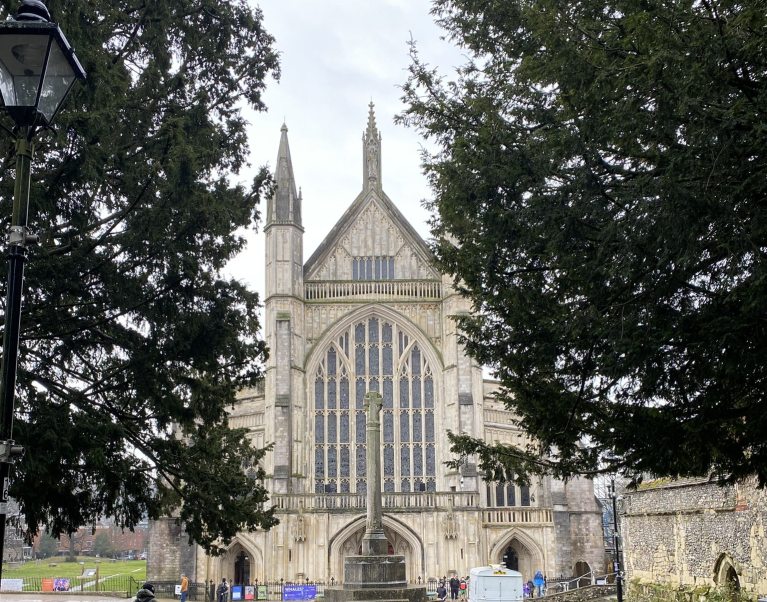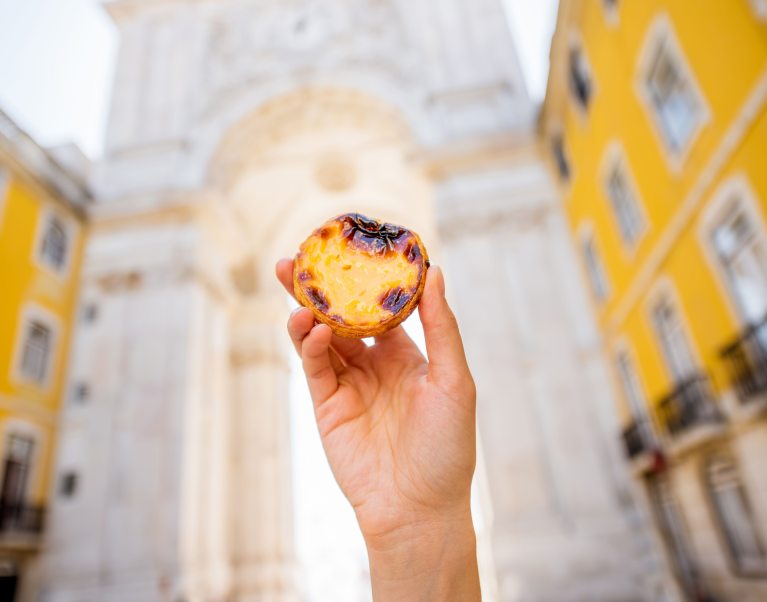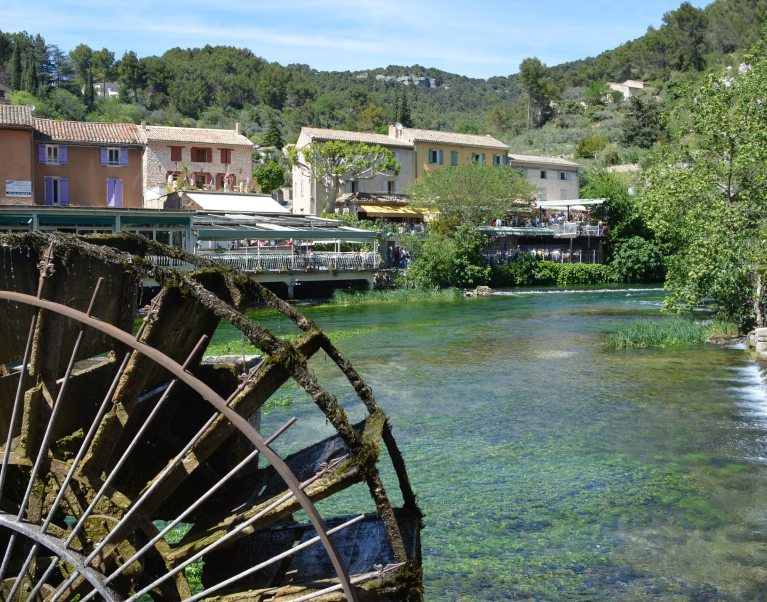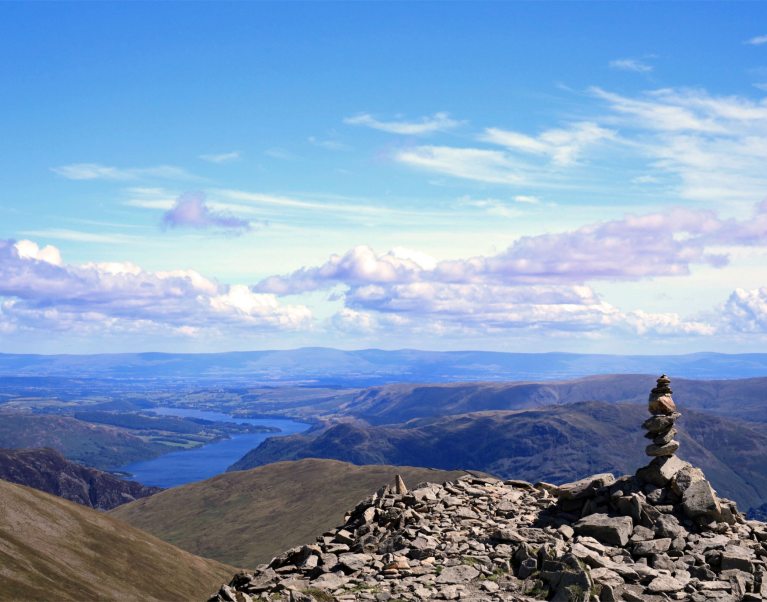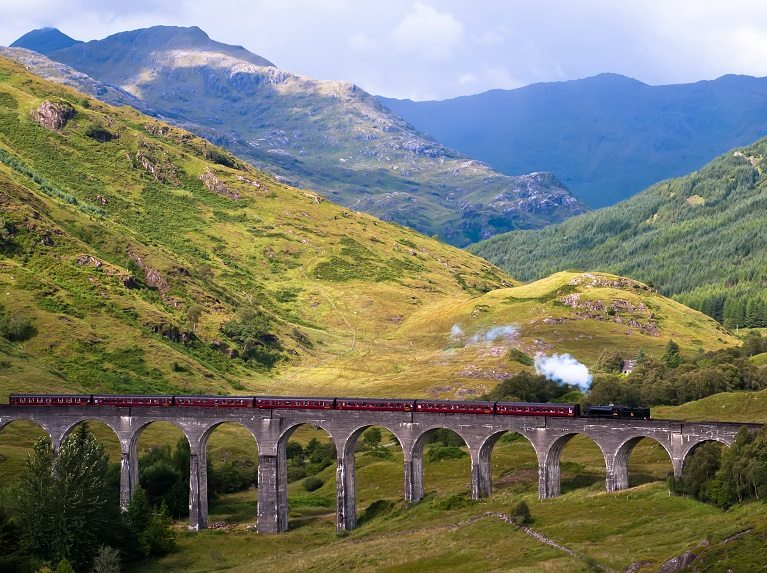Winchester and Bath - 250 Years of Jane Austen
4th March, 2025
This year marks the 250th birthday of Jane Austen (1775-1817), the novelist probably best known for Pride and Prejudice. Today, she is closely associated with Bath, where she lived for five years in the early-19th century. Indeed, the Jane Austen Centre celebrates her as ‘Bath’s Most Famous Resident’, which seems a bit unfair to Haile Selassie and Horatio Nelson.
AUSTEN IN WINCHESTER
Austen moved to the city at the age of 25, and lived there for five years. The time she spent in Bath was not her most productive, though we can see the imprint of her time there in her final works, Northanger Abbey and Persuasion. Austen left Bath in 1806, and spent the rest of her life in the port town of Southampton, the peaceful village of Chawton, and England’s ancient capital – Winchester.
Being treated for some unknown illness – thought now perhaps to be Addison’s disease – Austen died at a house on College Street, only a five-minute walk from her final resting place at Winchester Cathedral. In the summer of 2025, Winchester College will open the house to the public for the first time. In a peculiar twist, Colin Firth, who would go on to play Mr Darcy in the 1995 adaptation of Pride and Prejudice went to school in Winchester.
REGENCY SPIRIT
So, in the battle of the Austen attractions, how has Bath come to hold the crown? The simple answer is the Regency spirit that Austen’s novels, and their countless adaptations capture, is alive and well in Bath. You can see it in the sweeping curve of No.1 Royal Crescent, an outstanding example of Georgian architecture, and you can experience it at the Jane Austen Centre in Bath – it is a lovely, romantic exhibition, in an authentically decorated Georgian townhouse where you can dress in Regency gear and have a delicious afternoon tea. There is good reason that the Netflix romp-com Bridgerton, based in Regency England, was filmed in Bath. The film and television cameras that Austen’s adaptations have brought to Bath have made it an obvious setting for other, unrelated, productions, like Wonka (2023). The city also has a wide range of historical and cultural attractions, like the 2,000-year-old Roman Baths (where you can’t swim, sadly) and the modern Thermae Bath Spa (where you can).
ROYAL WINCHESTER
Winchester, while just as beautiful as Bath, has a different feel. Austen rests at the enormous, medieval Winchester Cathedral – one of the largest of its kind in the world – as do many of the Anglo-Saxon kings. History lays thick here – the 13th century Great Hall boasts a replica of King Arthur’s fabled round table, and the Westgate Museum tells the story of Winchester’s Tudor and Stuart past, when the town’s religious icons were destroyed once during the Reformation, and again during the Civil War. John Keats, a near-contemporary of Austen, wrote his ode ‘To Autumn’ during a stay in Winchester in 1819, and Founding Father Benjamin Franklin is said to have written his autobiography in nearby Twyford.
FOLLOWING IN JANE AUSTEN'S FOOTSTEPS
For all its history, Winchester has a stately, sombre feel. So Bath – a larger, livelier, town – takes the gold. But you can’t have too much of a good thing. Visit both (with us!). The Hotel du Vin in the centre of Winchester is the starting point of our new South Downs Way luxury walking holiday, which runs through the unspoilt beauty of the South Downs National Park. Taking between nine and twelve nights (our holidays are customisable) ensuite accommodation and breakfast is guaranteed at every stop. Walk through England’s green and pleasant land – in luxury!
Bath is a stop on many of our luxury walking and cycling holidays. Our Cotswold Ride to Bath takes you from the magnificent university town of Oxford, over the hills and through the valleys of the charming Cotswolds – featuring chocolate-box villages like Bibury and Burford – and on to Bath. A variant of this tour includes a visit to Stonehenge, the ancient megalith in the heart of southern England . If you fancy taking things at a statelier pace our luxury Cotswold Way holiday features ten days of walking south, beginning at Chipping Camden and passing through picturesque Painswick and wonderful Wooton-Under-Edge, and ending in Bath. Finally, our England's Great West Way cycling holiday has you spend a night in Bath on the twelve day journey from the trendy city of Bristol to England’s iconic capital, London – where Austen often visited her brother.
Posted by: Will Garbett
Tags: Cycling holidays, Eat + drink, Hidden gems, History, Luxury specials, Walking holidays

